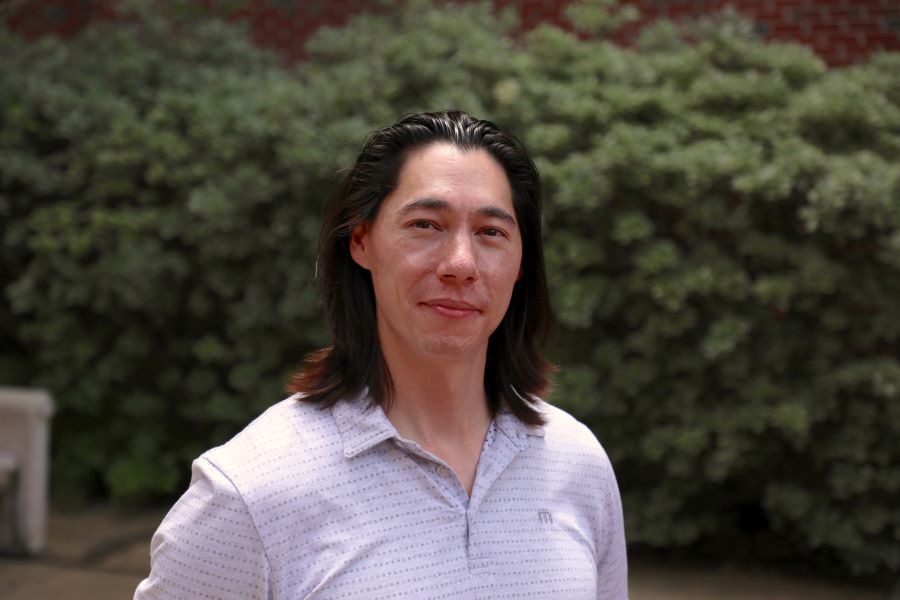Derek Nee
check Recruiting a graduate student for Fall of 2026

Education
Ph.D., University of Michigan, 2008
Research Interests
Derek Nee uses fMRI and transcranial magnetic stimulation (TMS) to examine the neural mechanisms underlying cognitive control and working memory. In the domain of cognitive control, he seeks to understand how the functional organization of the prefrontal cortex supports the influence of goals and contexts to guide deliberate control over behavior. In the domain of working memory, he explores how the coordination of multiple brain structures underpins the transformation of percepts into thoughts, and the dynamic trajectory those thoughts take in mind. He uses fMRI to reveal the neural correlates of these processes and model interactions between brain regions. This is complemented by TMS to establish the necessity of brain regions to functions to facilitate the creation of mechanistic, causal models of cognition.
He is also interested in the network-wide consequences of TMS including its putative effects on sub-cortical areas such as the hippocampus and ventral striatum. Using a combination of TMS, fMRI, and EEG, he is examining the cognitive and affective impacts of TMS targeting sub-cortical structures.
Lab Description
Cognitive neuroscience of cognitive control and working memory. The Nee Lab uses fMRI and transcranial magnetic stimulation (TMS) to study how people guide actions in an intentional, goal-directed manner when habit will not suffice. The lab examines how information is held in mind when it is no longer available to the senses, and transformed to guide future actions. Researchers also examine how TMS can be used to modulate control, thought and affect.
Cognitive Control
Wood, J.L. & Nee, D.E. (2023). Cingulo-opercular subnetworks motivate frontoparietal subnetworks during distinct cognitive control demands. Journal of Neuroscience, 43(7), 1225-1237.
Nee, D.E. (2021). Integrative frontal-parietal dynamics supporting cognitive control. eLife, 10, e57244.
D’Mello, A.M., Gabrieli, J.D.E., & Nee, D.E. (2020). Evidence for hierarchical cognitive control in the human cerebellum. Current Biology, 30, 1-12.
Badre, D. & Nee, D.E. (2018). Frontal cortex and the hierarchical control of behavior. Trends in Cognitive Sciences, 22(2), 170-188.
Working Memory
Lorenc, E.S., Vandenbroucke, A.R.E., Nee, D.E., de Lange, F.P., & D’Esposito, M. (2020). Dissociable neural mechanisms underlie currently-relevant, future-relevant, and discarded working memory representations. Scientific Reports, 10, 11195.
Lorenc, E.S., Sreenivasan, K., Vandenbroucke, A.R.E., Nee, D.E., & D’Esposito, M. (2018). Flexible coding of visual working memory representations during distraction. Journal of Neuroscience, 38(23), 5267-5276.
Non-invasive stimulation of sub-cortical areas
Ryan, J., Pouliot, J.J., Hajcak, G.*, & Nee, D.E.* (2022). Manipulating reward sensitivity using reward circuit-targeted transcranial magnetic stimulation. Biological Psychiatry: Cognitive Neuroscience and Neuroimaging, 7(8), 833-840.
Tambini, A., Nee, D.E., & D’Esposito, M. (2018). Hippocampal-targeted theta-burst stimulation enhances associative memory formation. Journal of Cognitive Neuroscience, 30(10), 1452-1472.
Undergraduate Research
Explore the Directed Individual Study (DIS) opportunities below or learn more.

